
The expansion of virtual reality into the world of education is one of the most important trends in emerging educational technology. The use of VR enables educators to bring students out of the classroom and into virtual spaces where they can have firsthand experiences and interactions with the concepts they are learning. In short, VR makes the intangible tangible.
While the educational potential of VR is being explored in subjects ranging from history to the physical sciences, one field where the educational potential of virtual reality is especially apparent in language learning.
According to Cambridge University Press, it takes 800 – 1200 guided learning hours to reach Advanced proficiency in a language (see also the Foreign Service Institute).
Language immersion is widely viewed as one of the best ways to accelerate this learning process because learners build spoken communication skills right from the start by interacting with others in authentic contexts and thereby gain an understanding of how the language is naturally used.
VR is, in essence, democratizing access to language immersion. While immersion was traditionally an option only for those who could afford to travel abroad, virtual reality brings language immersion to the learner, wherever they are learning. And instead of providing a one-time immersion experience like a study abroad program does, language immersion in VR is available on an ongoing basis. It blends the convenience of online learning with the learning advantages unique to language immersion.
There are essentially three features of language learning in VR that enable it to provide the benefits of immersion: realism, interactivity, and opportunity for authentic communication.
Virtual reality platforms created for language immersion purposes allow learners to experience the language as it is used in context. Topics such as food can be learned while shopping in a virtual grocery store or preparing a meal in a kitchen.
This means that instead of thinking of food as an abstract concept, learners can engage with items like fish, lemons, and carrots the same way they would in real life. And this authenticity is at the core of why language immersion is effective, as it allows learners to engage the full neural networks that were involved in learning their own first language in order to learn a new language.
Significantly, research has shown that vocabulary learning is improved by learning through interactions in VR. When learners can pick up vegetables, chop them, and toss them in a pot, they typically learn the vocabulary faster and remember the vocabulary longer and with greater accuracy than when they learn through traditional classroom activities such as labeling pictures or memorizing definitions.
Additionally, VR language apps can provide opportunities to practice using the language for social interactions, another scientifically proven key to successful language acquisition. For students learning the grammar of asking questions, merely watching a video or practicing a pre-written script with a classmate does not have the same learning benefits as asking a shopkeeper questions about merchandise in a virtual shop.
These factors – authenticity, object interaction, and social engagement – lead to language learning outcomes that have been shown to exceed those of a traditional language classroom. Perhaps even more importantly, there is already evidence that this emerging technology works well even for students who have struggled to learn in classroom settings.
A number of commercially available language platforms have been developed for VR, each taking a slightly different approach to providing an immersion experience. Typically, such apps provide language immersion for learning vocabulary and phrases by allowing users to interact with objects in a variety of virtual scenes. The majority of these apps have a single-player design but offer conversation practice with virtual chatbot characters.
The Immerse language platform for Spanish, English, and French goes a step further by providing a multiplayer experience that provides real-time language interaction with other people in VR. In addition to being able to fully interact with the objects in over 40 scenes, learners can also meet up for language practice and games in social common areas and take small group lessons led by expert instructors.
The role that virtual reality may play in the society of the future is still evolving. It is clear, however, that VR is already establishing itself as a powerful tool in the world of language education.

Varda Space has secured $187 million in funding to boost its space-based drug development program, targeting pharmaceutical breakthroughs and commercial launches by 2025.
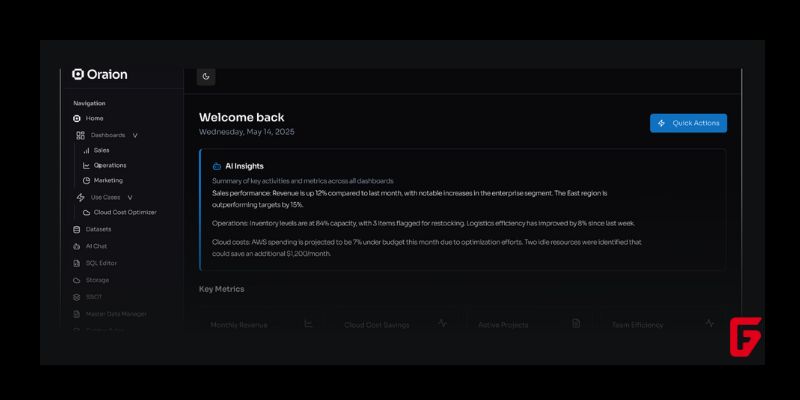
Irish AI startup Oraion has raised €2.9 million in pre-seed funding to expand into the U.S. market and accelerate development of its enterprise automation platform.

NEURA Robotics and Hyundai are teaming up to deploy advanced cognitive robots in shipbuilding, aiming to solve labor shortages and set new standards in automation, safety, and productivity.

Discover how rapid AI advancements may soon replace traditional jobs, disrupt global economies, and drive the need for new income models like UBI.
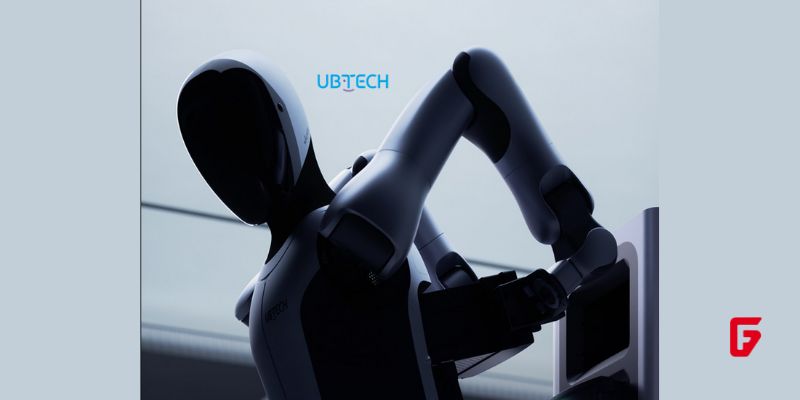
UBTECH’s Walker S2 sets a new standard in robotics with autonomous battery swapping and continuous 24/7 operation. Explore what makes this humanoid robot a breakthrough in automation.

Dyson’s vertical strawberry farm in Lincolnshire uses robotics, giant rotating wheels, and sustainable engineering to produce 1.2 million strawberries annually, setting a new standard for high-tech agriculture in the UK.
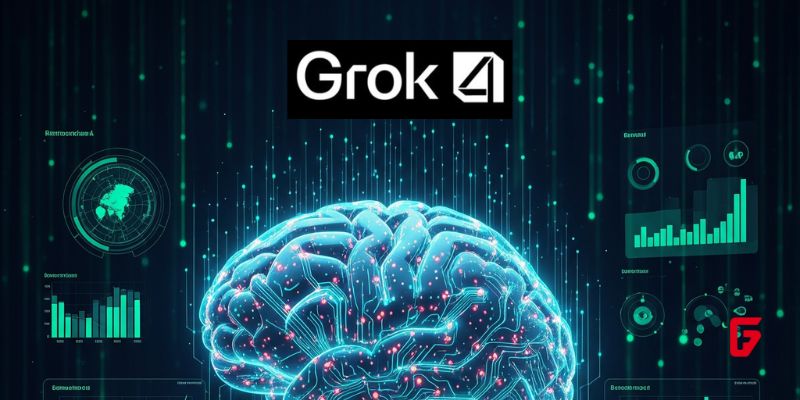
xAI’s Grok 4 is redefining artificial intelligence with breakthrough reasoning, top benchmark scores, and new multimodal capabilities—outperforming industry leaders.
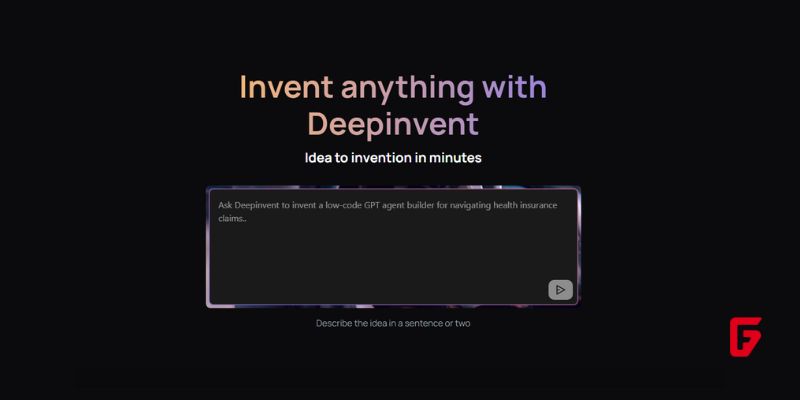
Discover how Deepinvent’s AI Innovator compresses R&D from years to minutes, empowering innovators to create breakthrough inventions and accelerate progress across industries.

Coca-Cola’s AI-driven demand forecasting pilot achieved a 7-8% sales surge by combining historical data, weather, and geolocation for smarter inventory decisions. Learn how this tech is reshaping retail.
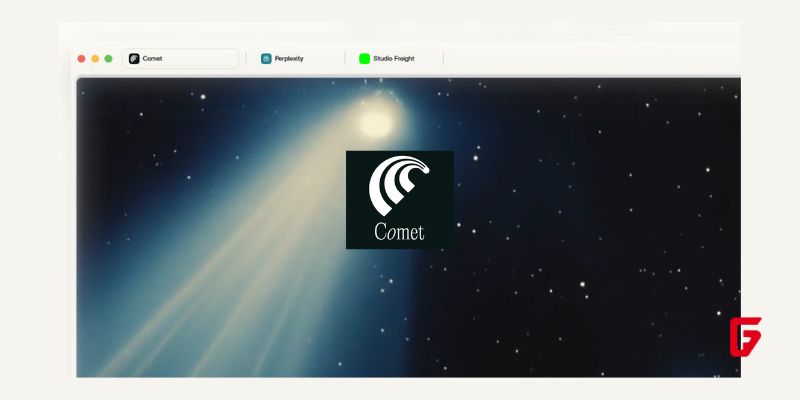
Perplexity launches Comet, an AI-powered browser that reimagines online browsing with advanced automation, privacy, and a built-in assistant for smarter web interactions.

Levelpath secures $55 million in Series B funding to scale its AI-native procurement platform, driving intelligent automation and efficiency for enterprises.

Explore the rise of embodied AI as it merges robotics and intelligence, transforming industries and redefining how machines interact with our world.
futureTEKnow is focused on identifying and promoting creators, disruptors and innovators, and serving as a vital resource for those interested in the latest advancements in technology.
© 2025 All Rights Reserved.
To provide the best experiences, we use technologies like cookies to store and/or access device information. Consenting to these technologies will allow us to process data such as browsing behavior or unique IDs on this site. Thanks for visiting futureTEKnow.